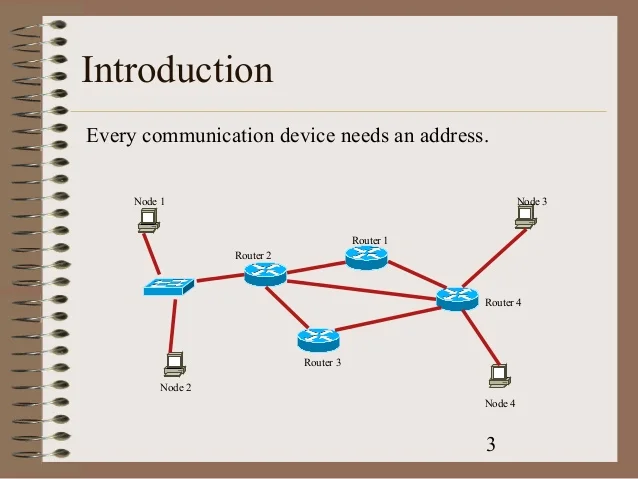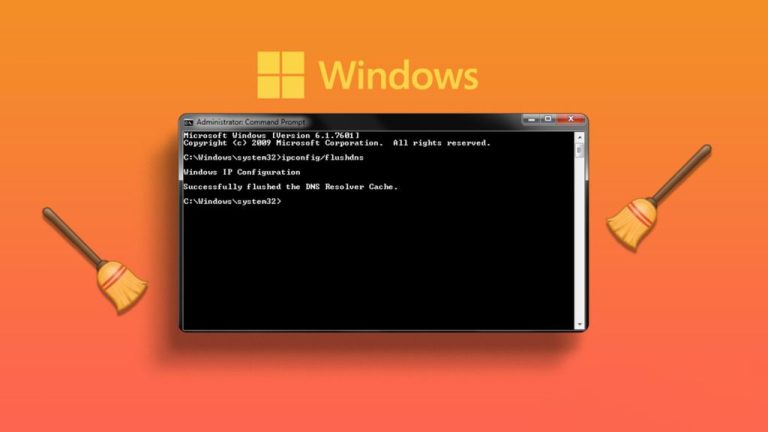A Prelude to the Digital Cosmos
Stepping into the vast realm of Internet Protocol (IP) addressing might feel like being plunged into an enormous, digital labyrinth. A striking amalgamation of mathematical principles and network architecture forms the essence of this intricate system, serving as the driving force behind global interconnectivity.
The ABCs of Subnetting
At the heart of this labyrinth lies a concept known as ‘subnetting’. This process involves the division of a network into smaller, distinct entities referred to as ‘subnets’. By adopting this approach, network administrators can streamline the management of data traffic, significantly enhancing network performance and bolstering security measures.
The Dawn of CIDR Notation – A Game Changer in IP Addressing
In the midst of this complex maze, the emergence of Classless Inter-Domain Routing (CIDR) brought about a sea change in the way IP addressing was handled. The inception of variable-length subnet masking (VLSM) enabled the creation of multiple subnets from a single IP address, fostering a more flexible and efficient use of IP addresses.
Unmasking the Significance of Subnet Masks
Playing a crucial role in the CIDR system are subnet masks. They help in pinpointing the network segment of an IP address, allowing devices to differentiate between addresses within their subnet and those beyond it. This distinction is vital for guiding data to its correct destination.
Delving into the Details: /24, /30, /26, /27, /29, and Beyond
These seemingly cryptic symbols serve as a shorthand for subnet masks, as expressed in CIDR notation. For example, /24 corresponds to a subnet mask of 255.255.255.0, indicating that the initial 24 bits of the IP address define the network, with the remaining bits specifying the host within that network. This elegant method of representing subnet masks facilitates clear and concise communication among network administrators.

Mastering Subnetting: Your Essential Cheat Sheet
The journey towards becoming proficient in subnetting may appear intimidating. Yet, having a well-compiled cheat sheet with vital subnetting references – including CIDR notations, their binary counterparts, and the count of available hosts – can significantly simplify the process and help flatten the learning curve.
Unveiling Binary Translations
Binary translations for CIDR notation form a critical part of understanding IP addressing. Each segment of an IP address, separated by dots, represents a byte, which further consists of 8 bits. In the binary realm, the value of these bits ranges from 128 to 1, from left to right. Comprehending these translations paves the way for a more profound understanding of subnet masks and their role in network segmentation.
Exploring the Implications of Different CIDR Notations
Each CIDR notation has its unique properties, with distinct implications for network and host allocation. Understanding the difference between a /24, /30, /26, /27, and /29 subnet mask – and the number of host addresses each can support – equips administrators with the knowledge to design and manage their networks efficiently.

Steering Towards the Future: The Crucial Role of IP Addressing
As we propel into a future dominated by the Internet of Things (IoT) and a myriad of other sophisticated digital technologies, the importance of robust network design and effective management cannot be overstated. By mastering tools such as subnetting and CIDR notation, we can optimize data flow, fortify network security, and lay the groundwork for the forthcoming wave of Internet innovations.

My name is Mark Stein and I am an author of technical articles at EasyTechh. I do the parsing, writing and publishing of articles on various IT topics.









+ There are no comments
Add yours